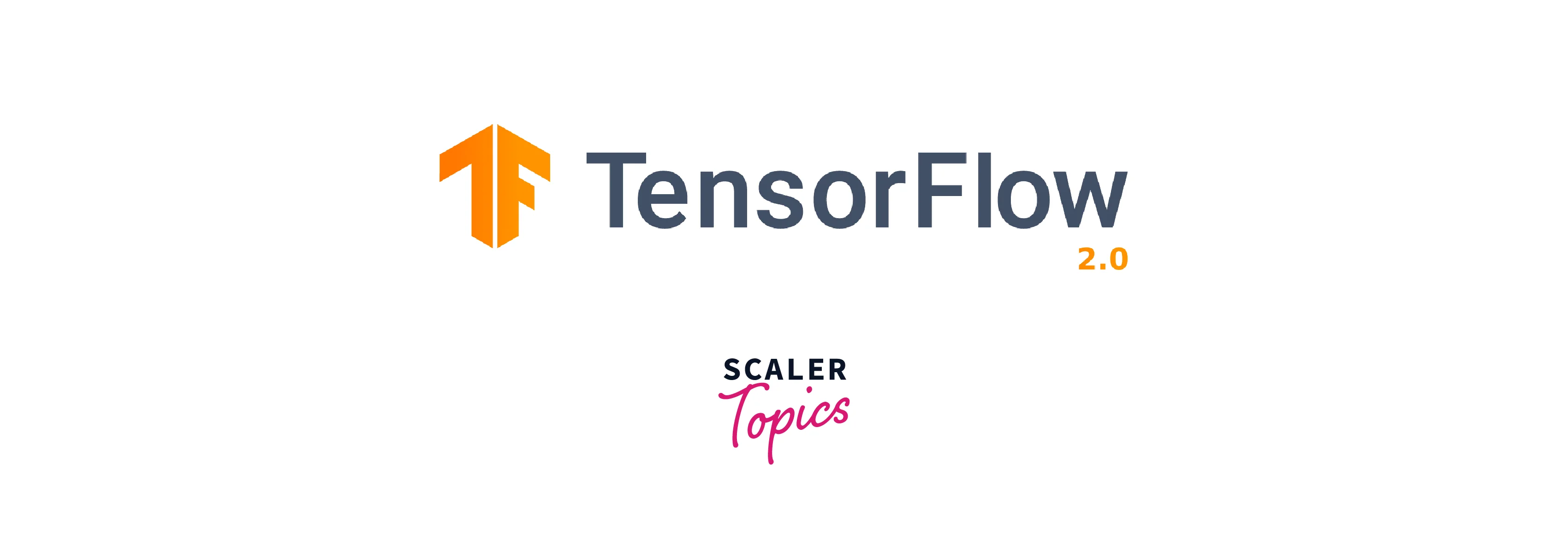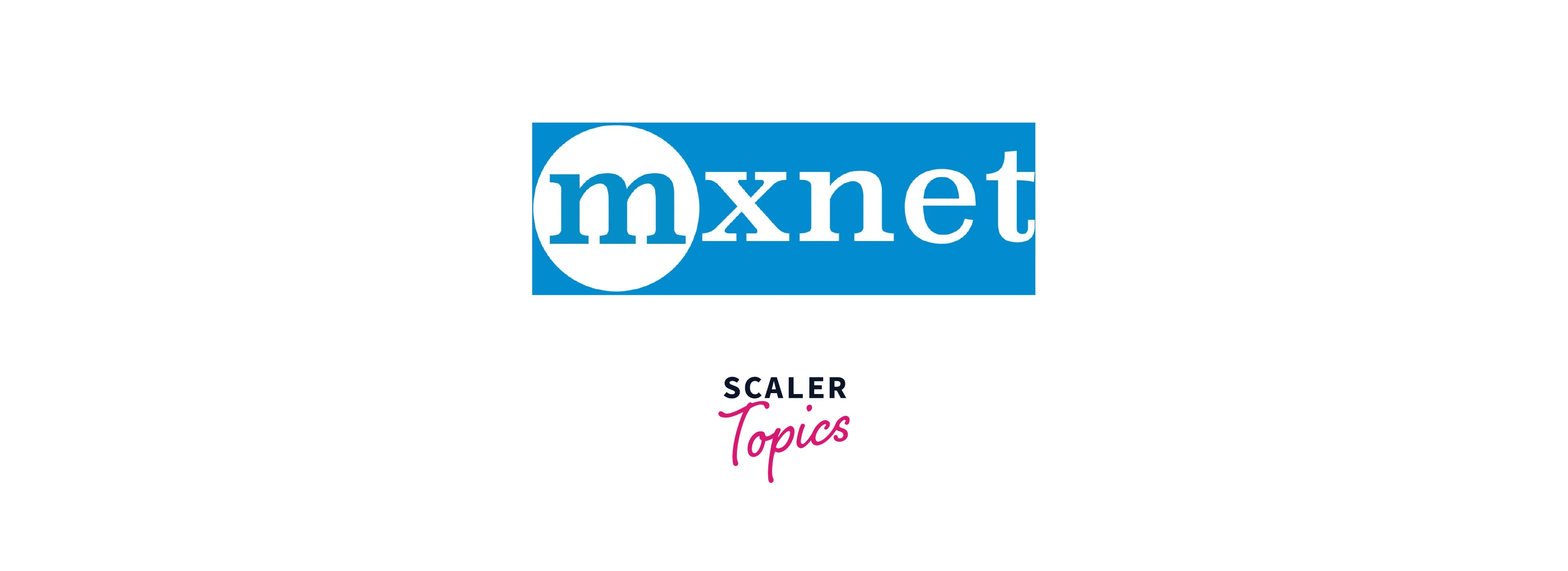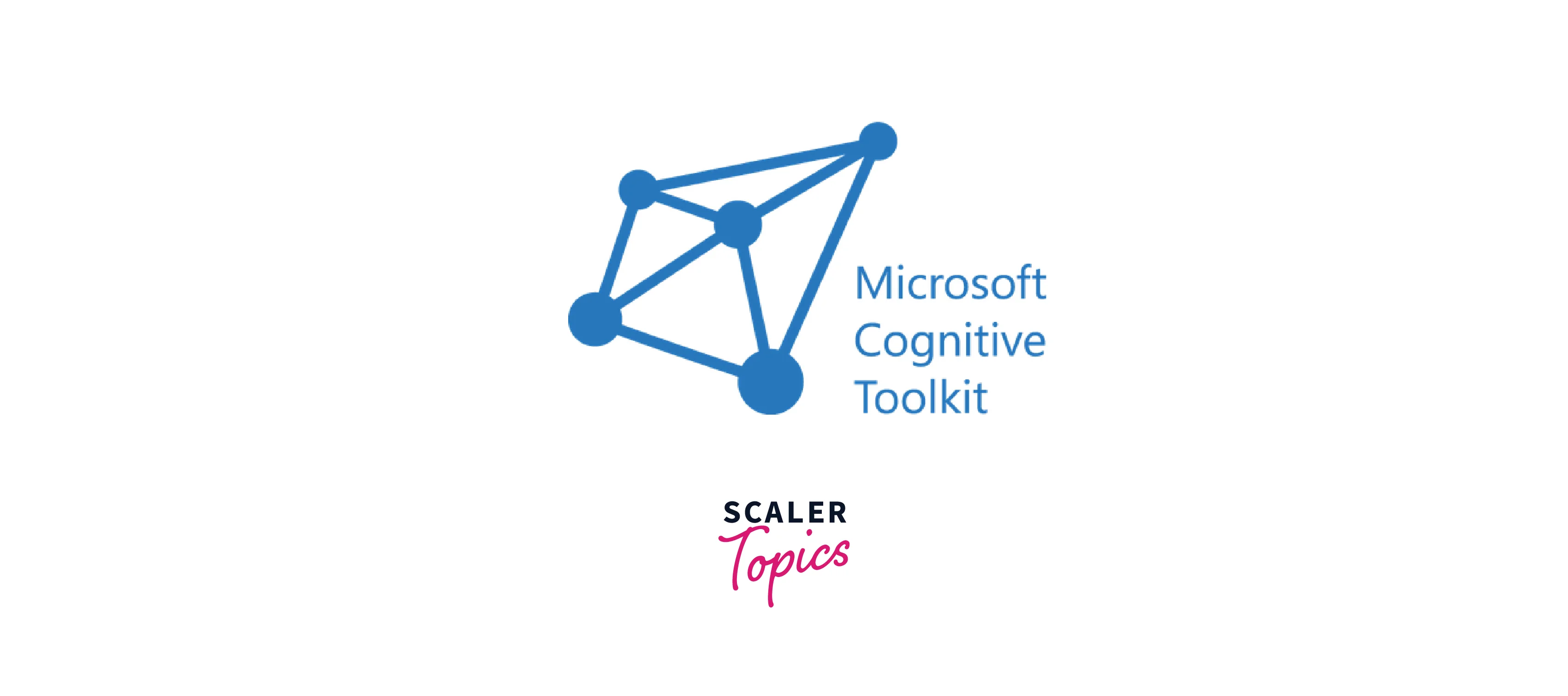Deep Learning Frameworks Comparison
Overview
The world of Machine Learning has enjoyed a lot of success, and a big reason is the open-source nature of tools and resources. Deep Learning, in particular, has enjoyed the open-source Frameworks enabling users to build and train their models quickly and fast. There are a lot of frameworks to choose from. Let's discuss a few of the most popular frameworks. Let's compare these frameworks, such as MXNet vs TensorFlow.
Pre-requisites
- Basic understanding of Machine Learning and Deep Learning.
- Any Programming Language(Python can be helpful).
Introduction
Deep Learning Frameworks enable developers and researchers to build, train, test, and deploy deep learning models. These frameworks offer high performance, with better management of dependencies. Each Framework is built differently with different functionalities in mind. We'll examine some of the more popular Deep Learning Frameworks and their features.
Comparison of Deep Learning Frameworks
Deep learning frameworks make building and experimenting with deep learning models easier for developers and researchers. Many deep learning frameworks are available, including TensorFlow, PyTorch, and Keras. These frameworks provide a range of tools and libraries for building and training deep learning models, including algorithms for training and optimization, pre-processing and data augmentation tools, and tools for deploying models in production.
TensorFlow

TensorFlow is an open-source Deep Learning Framework researchers at Google developed it. TensorFlow is one of the most popular deep learning frameworks. It has tools for training, deployment, and production. It comes equipped with the TensorFlow Ecosystem, which contains various tools, libraries, and APIs hosting many resources and pipelines. TensorFlow can run on CPU, GPU, Edge, and mobile devices. TensorFlow's very flexible architecture is used for commercial applications. The Documentation and Tutorials for TensorFlow are well-made, making it easy for beginners to learn faster.
Some of The Advantages of Tensor Flow Are:
- End-to-End Solution: TensorFlow supports every aspect of a Deep Learning project, from modelling to production.
- TensorFlow Community: TensorFlow has the richest open-source support compared to all other frameworks.
- Easy Modelling: Keras API support on TF makes model building easy and intuitive.
- Language Support: TensorFlow supports stable APIs in Python and C, but other languages like JavaScript, Java, C++, Go, Swift, and R can also be used.
- Robust ML Production: TensorFlow production tools to deploy and scale up ML models to run on the cloud or other devices offers a huge advantage to TF users.
- Industries Adoption: Many big companies such as Airbnb, Google, Intel, Twitter, Nvidia, Qualcomm, SAP, Uber, and LinkedIn use TensorFlow
PyTorch

PyTorch has rapidly risen in popularity in the past couple of years and is predicted to overtake TensorFlow. It was developed by researchers at Facebook. PyTorch uses a dynamic computation graph. So instead of using pre-defined graphs for computation, it allows us to build and change graphs as we go on. This allows users to train models when the memory requirement is not fully known, thus allowing variable length input-output. PyTorch is extremely flexible in building models and is loved by researchers as it allows users to customize their models easily. The advantages of PyTorch are,
- Flexible Architecture: The model building is intuitive and straightforward, making it easy to understand.
- Dynamic Computation Graph: In PyTorch, the graph computation is dynamic, and the model is stored as an acyclic graph, allowing the user to change any node.
- Debugging: Different python debugging tools like PDB and ipdb can be used as the computational graph is defined in run-time.
- Data Parallelism: PyTorch supports parallel computation on multiple GPUs because of its declarative data parallelism.
Keras

Keras is a high-level API created by Google to work on top of Theano(another deep learning framework) but is now used extensively on top of TensorFlow and CNTK. Keras simplifies a lot of core tasks and helps the user to achieve results faster. It Keras enables very fast implementation and prototyping of models. Keras is very easy to understand with its intuitive UX. Keras contains a lot of pre-trained weights and models which can be used easily. Keras also contains its own computational graphs and does not need to depend on the back end for computations. Keras supports parallel GPU computations and makes training faster. The advantages of Keras are,
- Simple and fast: Creating models and prototyping is straightforward and takes minimal lines of code.
- Multi GPU support: It supports multiple GPUs like NVIDIA and Google TPU.
- Better user experience (UX): The Keras API is very well designed and offers great flexibility, making its user experience hassle-free.
- Python integration: Keras is written in Python, making integrating with other python data science libraries such as sci-kit-learn very easy.
MXNet

Apache MXNet is a deep learning framework designed with efficiency and scalability in mind. It is built on C++ and easily deployable across multiple platforms. The computational resource sharing during training happens smoothly and fast. It is portable and lightweight, running on various devices and GPUs. Comparing MXNet vs TensorFlow, MXNet has more efficient memory management and better support for distributed training. In contrast, TensorFlow has a more extensive library of pre-built models and a larger community of users.
The advantages of MXNet are,
- Simple and Quick: MXNet is very fast, lightweight, and portable.
- Multi-language support: MXNet can work on multiple languages like Python, R, C++, Java, and JavaScript.
- Data and model Parallelism: MXNet partitions workload by data parallelism. It also supports Model Parallelism.
- Dynamic Graph: MXNet has a Dynamic Graph for its models, meaning changes can be made on the fly, and the models can be built without any fixed structure using Python.s native control flow.
Microsoft CNTK

Microsoft CNTK(Cognitive Toolkit) is an open-source deep learning framework. CNTK defines models as a series of directed graphs. It is user-defined core components on the GPU. CNTK provides a lot of APIs to create and train models. It contains both high-level and low-level APIs. CNTK is optimized with performance in mind. The advantages of Microsoft CNTK are,
- Speed: Microsoft CNTK is super fast and efficient and trains models faster than all its counterparts.
- Scalability: Microsoft CNTK can be scaled to multiple GPUs and various devices while maintaining accuracy.
- Industry grade: CNTK has high-quality, complex algorithms at its core to handle huge datasets and perform computations simultaneously on parallel devices. Skype, Bing, Cortana, etc., all use CNTK.
- Open-source: Microsoft made CNTK open-source, enabling rich support for the framework.
Conclusion
- The goals of the project/product should be kept in mind while selecting a framework.
- The support system of each framework in terms of scalability and production should be considered.
- The programming language used can be important in selecting a framework.
- The type of model being built can influence the choice of framework.
- We've compared frameworks like MXNet vs TensorFlow and seen use cases.
- Different deep learning frameworks have different features and capabilities, and the best choice will depend on the specific needs and goals of the project.
